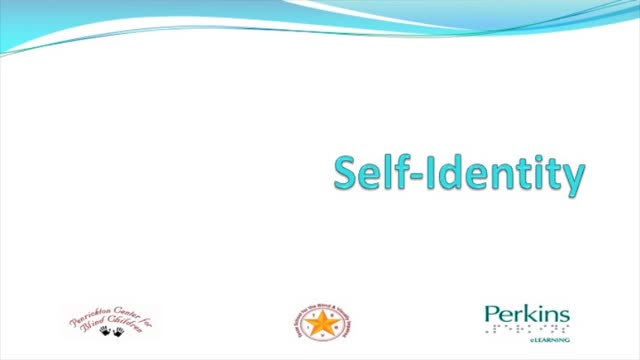Emotional Developmental and Self-Identity
Emotional development is an area that is often overlooked in addressing the needs of an individual with visual impairments and significant additional disabilities. The result is that we base all our programming on the physical and intellectual development of the child. But when the child has skills at higher levels intellectually and physically than he or she does emotionally, behavioral problems can result. This not only causes problems for the child and adult, but can also derail continued learning in all areas.
Patty Obrzut explains how we need to rethink our focus and address the child’s emotional development as part of our daily programming.
Emotional Development versus Intellectual Development
Description: The disparity between the emotional level and the intellectual level of a learner impacts his/her success in learning new skills.
Active Learning: Encouraging Emotional and Social Development
Patty Obrzut, MS, OTR, Executive Director of Penrickton Center for Blind Children, provides a review of active learning practices related to Social and Emotional Development. Open captioned and ASL.
Play Video
Self-Identity
Description: Self-identity is the child’s ability to perceive him/herself as distinguished from the outside world. Children need to develop a sense of “this is mine” and “that is yours.” Staff can facilitate this by using words like “I,” “you,” and “we,” so that a child can establish their own self-identity.



